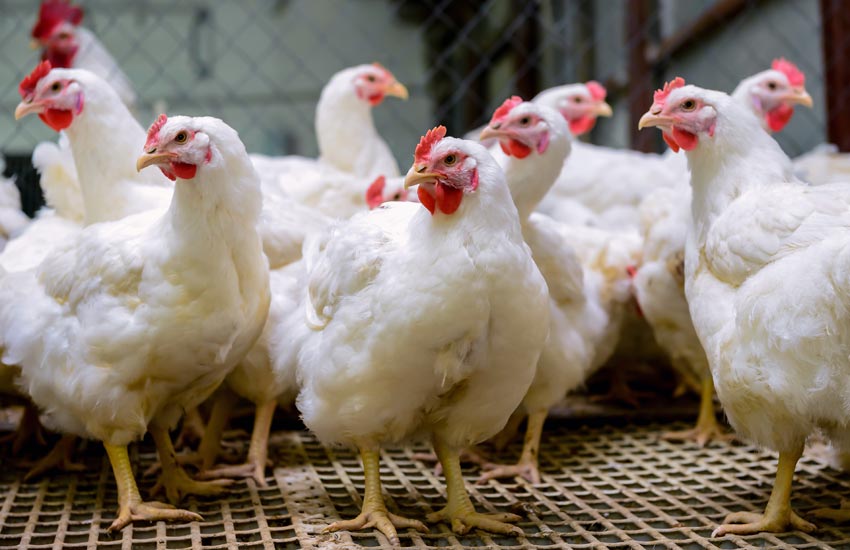Backyard chickens provide more than a steady egg supply; they create a rhythm of care and connection that strengthens households. Their comfort, however, depends on the seasons. Bitter cold, relentless heat, and sudden storms disrupt this balance, straining both birds and keepers. Protecting a flock through these extremes requires preparation that addresses both the structure of the coop and the daily habits of care.
Recent weather patterns have grown harsher, with sharper temperature swings and longer periods of drought or deep freeze. Adapting to those shifts means thinking ahead—reinforcing housing, adjusting feed, and monitoring flock behavior. Each thoughtful measure builds resilience, keeping birds productive, healthy, and comfortable throughout unpredictable changes in climate.
Preparing The Coop For Seasonal Shifts
A durable coop begins with balance—warmth without dampness, airflow without drafts. Straw bales or rigid foam hold in heat, while well-placed roof vents release moisture before it chills the roosts. In summer, shade cloth stretched across the sun-facing wall lowers interior temperatures and eases strain during long afternoons.
Elevation strengthens longevity and comfort alike. Raising the coop on treated blocks keeps floors dry, while removable plywood panels break cold winds yet store neatly when seasons soften. Many keepers also find that a trusted poultry supplier can provide affordable materials and reliable advice for seasonal upgrades. Angled coverings shed rain from runs, and spaced shade cloth keeps air circulating. These small designs extend durability while keeping housing practical and efficient.
Feed And Water Adjustments In Harsh Conditions
Nutrition and hydration shift with the seasons. During cold months, hens burn extra energy to stay warm, making higher protein feeds—such as 18–20% layer crumbles or soy-boosted blends—essential for maintaining both body heat and steady egg cycles. Heated water bases prevent ice buildup, saving time and frustration while keeping birds properly hydrated.
Summer challenges the flock differently. Multiple shaded drinkers prevent crowding and reduce midday stress, while shallow pans invite cooling sips. Covering water containers slows algae growth, and strategic placement under shade holds temperatures down. A rule of thumb—one heated or shaded drinker per ten birds—keeps hydration reliable through both freezing nights and sweltering afternoons.
Addressing Seasonal Health Risks
Seasonal changes bring specific health challenges that demand attention. In winter, frostbite often appears first on combs and wattles. Applying a thin coat of petroleum jelly before severe cold and maintaining dry, draft-reduced roosts protect sensitive tissue. Promptly replacing damp bedding also minimizes exposure to chill and moisture.
Heat stress creates opposite dangers. Hens may pant heavily, hold wings away, or show pale combs as body temperature rises. Providing shaded resting spots, raised perches, and covered dust baths reduces strain and supports natural cooling. Observing flock behavior midday—spacing, breathing, and activity—offers early signs of trouble. Consistent monitoring and small preventive steps safeguard overall flock health year-round.
Egg Production Changes In Extreme Weather
Daylight hours dictate laying cycles, and winter’s shorter days often cut production sharply. Providing a soft, low-watt light on a timer adds the extra hours hens need, ideally extending mornings before sunrise. Gradual shifts in lighting schedules protect hens from sudden disruption, supporting steady cycles without adding stress to the flock.
Heat brings the opposite strain, often lowering egg numbers as birds conserve energy. Damp bedding worsens the challenge by chilling eggs and encouraging spoilage. Fresh, dry nesting material paired with frequent collection preserves egg quality even in muggy conditions. Maintaining one nest box per four hens reduces stress, while gathering twice daily keeps eggs clean and intact.
Daily Habits That Keep Birds Comfortable
Daily routines often reveal the first signs of seasonal stress. Checking water at key times—before dawn in winter and mid-afternoon in summer—prevents slush, overheating, or low supply. The eagerness of a flock to drink serves as an early signal of temperature strain.
Moisture is another silent hazard. Damp bedding encourages mold and odors, making frequent refreshes essential during humid weeks. Nest liners should be flipped or replaced after heavy dew to maintain egg quality. After storms, inspecting fences and runs for damage prevents predator entry and keeps birds secure. A consistent checklist of water, bedding, and perimeter turns small daily tasks into powerful tools of prevention.
Caring for chickens through seasonal extremes requires a balance of preparation, observation, and daily consistency. A well-insulated, well-ventilated coop forms the foundation, while feeding and watering adjustments help birds adapt to both cold and heat. Protecting combs from frostbite, refreshing dust baths, and monitoring flock behavior strengthens resilience in shifting conditions. Regular checks on bedding, fences, and water systems turn small tasks into powerful safeguards. With steady effort and thoughtful adjustments, keepers create an environment that keeps birds healthy, productive, and comfortable through the unpredictable rhythm of changing weather.





























